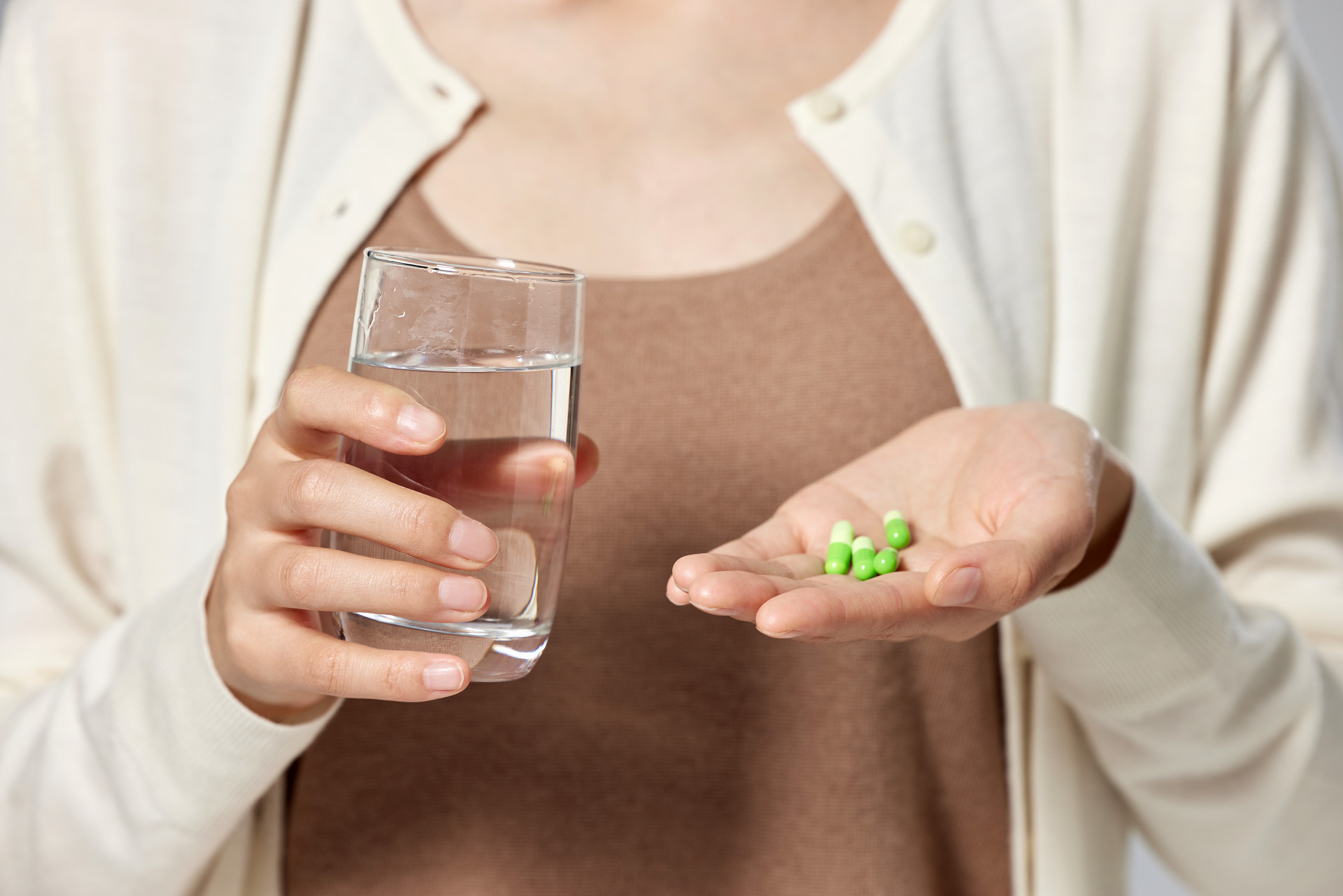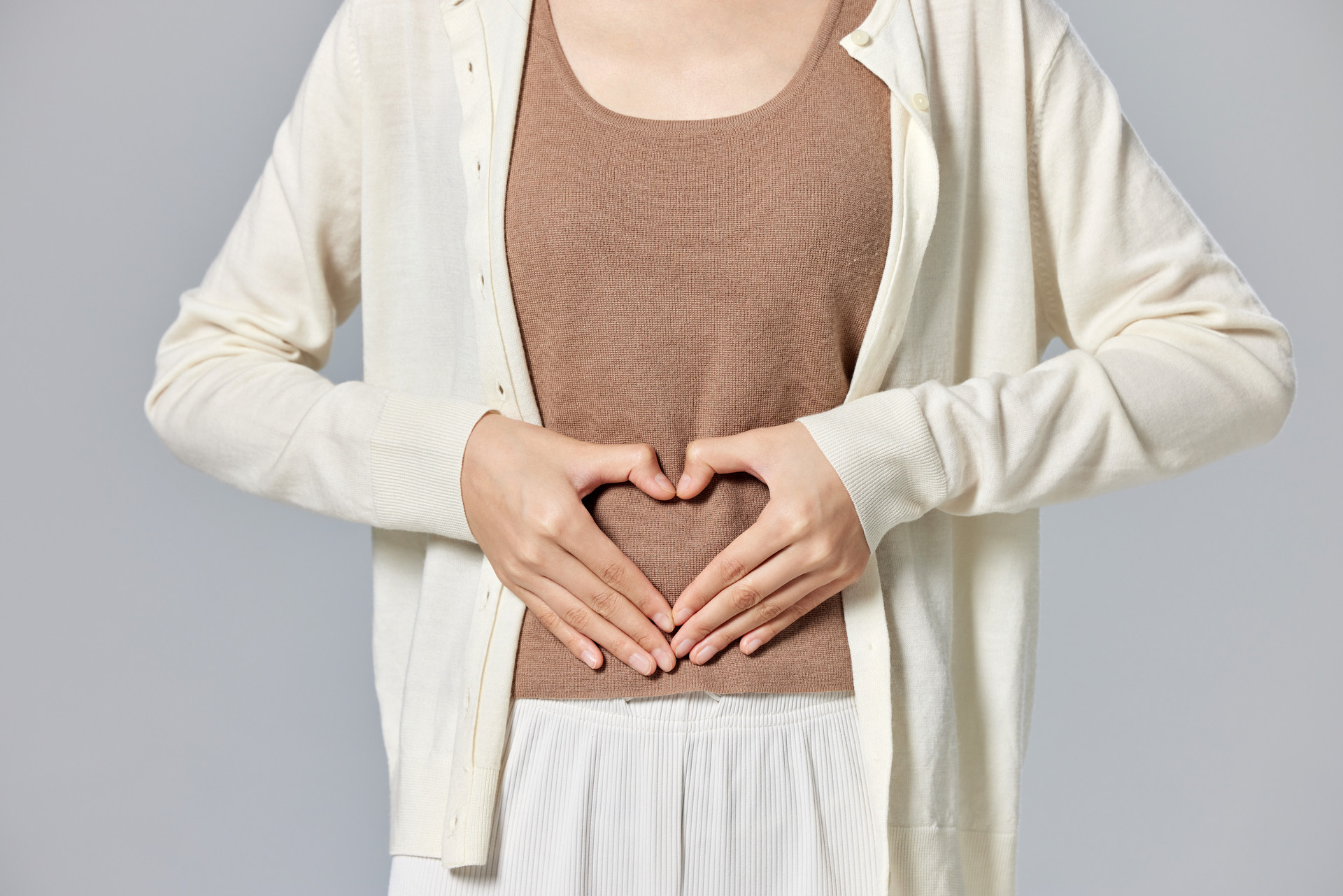Menstrual disorders, also known as menstrual irregularities, are common gynecological diseases. They manifest as abnormal menstrual cycles or bleeding, or abdominal pain and systemic symptoms before or during menstruation. The causes may be organic lesions or functional disorders.
From the onset of menstruation, one should learn and understand some basic hygiene knowledge, have a correct understanding of menstruation as a physiological phenomenon, and eliminate fear and anxiety. Pay attention to menstrual and sexual hygiene to prevent ascending infections during menstruation or childbirth, actively prevent and treat diseases that may cause menstrual blood retention. Keep warm during menstruation and avoid cold and cool stimulation to prevent invasion by cold evils. Take rest and reduce fatigue, strengthen nutrition, and enhance physical fitness. Try to control intense emotional fluctuations, avoid strong mental stimulation, and maintain a happy mood. Prevent excessive sexual activity in normal times, and absolutely prohibit sexual intercourse during menstruation.
Causes
1. Emotional abnormalities leading to menstrual disorders
Long-term mental depression, anger, or major mental stimulation and psychological trauma can cause menstrual disorders or dysmenorrhea, or amenorrhea. This is because menstruation is formed by the stimulation of hormones secreted by the ovaries on the endometrium. The secretion of ovarian hormones is controlled by the release of hormones from the pituitary gland and hypothalamus. Therefore, any abnormality in the function of the ovaries, pituitary gland, or hypothalamus can affect menstruation.
2. Cold stimulation leading to decreased or absent menstruation
Studies have shown that women who are exposed to cold stimulation during their menstrual period can cause excessive contraction of blood vessels in the pelvic cavity, leading to decreased or absent menstruation. Therefore, women should have a regular daily life, avoid excessive fatigue, and especially avoid cold and dampness during menstruation.
3. Dieting leading to menstrual disorders
Research by relevant experts on excessive dieting has shown that the fat content in girls should account for at least 17% of their body weight in order to have their first menstrual period, and the fat content in their body should reach at least 22% to maintain a normal menstrual cycle. Excessive dieting, due to insufficient energy intake, can cause the depletion of a large amount of fat and protein in the body, resulting in a significant lack of estrogen synthesis, which affects menstruation, and may even lead to scanty or absent menstruation. Therefore, women who pursue a slim figure should not diet blindly.
4. Smoking and alcohol leading to menstrual disorders
Certain components in cigarette smoke and alcohol can interfere with physiological processes related to menstruation, leading to menstrual disorders. Among women who smoke and drink excessively, 25% to 32% seek medical treatment for menstrual disorders. The incidence of menstrual disorders among women who smoke more than one pack of cigarettes per day or consume more than 100 milliliters of high-alcohol spirits is three times that of non-smokers and non-drinkers. Therefore, women should not smoke and should drink alcohol in moderation.
Clinical manifestations
The manifestations of menstrual disorders, including irregular menstrual cycles or abnormal bleeding, can be classified into the following situations:
1. Abnormal uterine bleeding
This includes excessive menstrual flow or prolonged duration. It is common in conditions such as uterine fibroids, endometrial polyps, and endometriosis;
2. Functional uterine bleeding
Refers to abnormal uterine bleeding caused by the dysregulation of the endocrine regulatory system, without obvious organic lesions in the internal and external reproductive organs. It is the most common type of menstrual disorder, common in puberty and menopause. It can be divided into ovulatory and anovulatory types, with about 85% of cases being anovulatory dysfunctional uterine bleeding.
3. Amenorrhea
Amenorrhea is a common symptom in gynecological diseases and can be caused by various reasons. It is usually divided into primary and secondary amenorrhea. Primary amenorrhea refers to girls over the age of 18 who have not yet experienced menstruation. Secondary amenorrhea refers to the cessation of menstruation for more than 6 months at any time after the onset of menstruation, excluding pregnancy or lactation.
4. Menopause
Menopause means the cessation of menstruation, but there may be changes in menstrual cycles and menstrual volumes during the perimenopausal period. It is characterized by a shortened menstrual cycle, mainly due to a shortened follicular phase, anovulation, and increased menstrual flow. Postmenopausal bleeding refers to bleeding that occurs 6 months after the cessation of menstruation, often caused by malignant tumors or inflammation.
5. Menstrual disorder-related infertility
Refers to women who have long-term menstrual irregularities and have been living together with their spouses for more than 3 years without conceiving. It is one of the common gynecological diseases.
6. Neonatal menstruation
Parents may notice blood-like secretions in the vagina of female infants when changing diapers for babies aged 5-7 days. The amount is not large, and the baby does not experience any other discomfort. This is a physiological phenomenon in newborns, known as "pseudo-menstruation".
Traditional Chinese Medicine (TCM) treatment for menstrual disorders mainly includes the following types
1. Qi and blood deficiency type: Menstrual cycles are either early or late, with increased or decreased menstrual flow, prolonged duration, pale color, and thin texture. It may be accompanied by lower abdominal pain, dizziness, blurred vision, fatigue, weakness, pale or withered complexion, decreased appetite, and loose stools. The tongue is pale red and the pulse is weak. The treatment should focus on nourishing qi and blood. Representative formula: Qi and Blood Nourishing Decoction: Codonopsis 30g, Atractylodes Macrocephala 12g, Angelica Sinensis 15g, Poria Cocos 15g, Astragalus Membranaceus 30g, Fructus Ziziphi Jujubae 20g, Longan Aril 20g, Wolfberry Fruit 15g, Polygala Tenuifolia 12g, Semen Ziziphi Spinosae 30g, Moschus 12g, Glycyrrhiza Uralensis 6g. Decocted in water and taken orally. Guipi Wan and Shenfu Wan can be taken orally.
2. Blood-cold type: Menstrual cycles are delayed, with decreased flow, dark color, and blood clots. There may be lower abdominal cold pain, which can be relieved by applying heat, aversion to cold, and cold limbs. The tongue coating is white, and the pulse is deep and tight. The treatment should focus on warming the meridians and dispelling cold. Representative formula: Warming Meridians and Dispelling Cold Decoction: Fennel 12g, Evodia Rutaecarpa 12g, Artemisia Argyi 10g, Ginger (processed) 10g, Curcuma Wenyujin 12g, Angelica Sinensis 12g, Paeonia Lactiflora 20g, Ligusticum Chuanxiong 10g, Cinnamomum Cassia 12g, Codonopsis Pilosula 20g, Atractylodes Macrocephala 10g, Achyranthes Bidentata 12g, Astragalus Membranaceus 12g, Poria Cocos 15g, Acanthopanax Senticosus 15g, Radix Glycyrrhizae 6g. Decocted in water and taken orally. Jianzhong Wan and Nuan Gong Wan can be taken orally.
3. Blood-heat type: Menstrual cycles are advanced, and menstrual blood is bright red or purplish with clots or dark red. There may be restlessness in the chest, red face, dry mouth, dry throat, flushed complexion, yellow urine, and constipation. The tongue is red with a yellow coating. The treatment should focus on clearing heat and cooling blood. Representative formula: Cooling Blood Decoction: Moutan Bark 12g, Rehmannia Glutinosa 20g, Ophiopogon Japonicus 15g, Imperata Cylindrica 30g, Lotus Stem 15g, Eclipta Prostrata 15g, Ligustrum Lucidum 15g, Polygonatum Sibiricum 15g, Radix Polygoni Multiflori 15g, Prepared Rehmannia Glutinosa 20g, Lycium Barbarum 15g, Dioscorea Opposita 20g, Poria Cocos 15g, Alisma Orientalis 12g, Phellodendron Amurense 12g, Anemarrhena Asphodeloides 12g, Radix Glycyrrhizae 6g. Decocted in water and taken orally. Qingkailing and Shuiniujiao San can be taken orally.
4. Qi stagnation and blood stasis type: Menstrual cycles are irregular, with varying menstrual flow, purplish-red color, blood clots, and poor menstrual flow. It may be accompanied by lower abdominal pain that worsens upon pressure, or distension and pain in the chest, hypochondrium, breasts, and lower abdomen, abdominal discomfort, and a purple or dark tongue with blood stasis spots, thin white or thin yellow coating, and a string-like or rough pulse. The treatment should focus on promoting blood circulation, removing blood stasis, regulating qi, and relieving pain. Representative formula: Regulating Qi and Activating Blood Circulation Decoction: Bupleurum Chinense 12g, Citrus Medica 12g, Atractylodes Lancea 12g, Myristica Fragrans 12g, Salvia Miltiorrhiza 20g, Angelica Sinensis 15g, Persica 12g, Carthamus Tinctorius 10g, Paeonia Lactiflora 12g, Albizia Julibrissin 12g, Poria Cocos 12g, Cnidium Monnieri 12g, Ligusticum Wallichii 12g, Achyranthes Bidentata 12g, Rehmannia Glutinosa 6g. Decocted in water and taken orally. Zhuyu Wan and Shiwei Wan can be taken orally.
5. Spleen and kidney deficiency type: Menstrual cycles are irregular, with scanty flow, pale or dark red color, and thin texture. There may be lumbosacral soreness and weakness, heel pain, dizziness, tinnitus, lower abdominal coldness, or frequent urination at night. The tongue is pale, and the pulse is deep and weak or deep and slow. The treatment should focus on nourishing the kidneys and regulating menstruation. Representative formula: Warming Kidney Decoction: Aconitum Carmichaelii 10g, Cinnamomum Cassia 6g, Ginger (processed) 10g, Curcuma Wenyujin 10g, Evodia Rutaecarpa 10g, Angelica Sinensis 15g, Ligusticum Chuanxiong 12g, Paeonia Lactiflora 20g, Codonopsis Pilosula 20g, Astragalus Membranaceus 30g, Cornu Cervi Pantotrichum 10g, Paeonia Suffruticosa 10g, Eucommia Ulmoides 12g, Cyperus Rotundus 12g, Pueraria Lobata 12g, Epimedium Sagittatum 12g, Radix Glycyrrhizae 6g. Decocted in water and taken orally. Huanshao Wan and Chongcao Wan can be taken orally.
(Cao Yuancheng, Chief Physician, Zibo Hospital of Traditional Chinese Medicine, Shandong Province)






